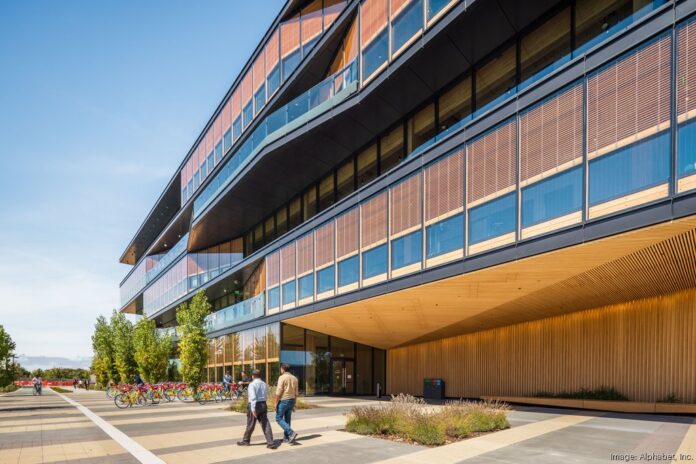Sustainable facades have become a defining element of modern architecture, driven by the urgent need to reduce the environmental impact of buildings while maintaining visual appeal. As buildings account for a significant portion of global energy consumption and carbon emissions, architects and engineers are increasingly prioritizing eco-friendly materials and innovative facade solutions that balance aesthetics with sustainability. The integration of responsibly sourced materials, such as FSC-certified wood, is a key strategy in creating energy-efficient, environmentally conscious, and attractive building envelopes. The Forest Stewardship Council (FSC) certification stands out as a globally recognized standard for responsible forestry. FSC certification ensures that wood is sourced from forests that uphold principles of sustainable forestry, including the protection of biodiversity, water resources, and soil quality, as well as the maintenance of long-term forest productivity. These standards are aligned with major green building schemes like LEED and BREEAM, and are often required by public procurement policies in many countries.
For facade engineers, specifying FSC-certified wood supports compliance with sustainability regulations and contributes to the prevention of illegal logging and deforestation. In this article, Facade Today explores the growing relevance of FSC-certified wood in facade design and examines how it enables professionals to balance environmental responsibility with architectural excellence.
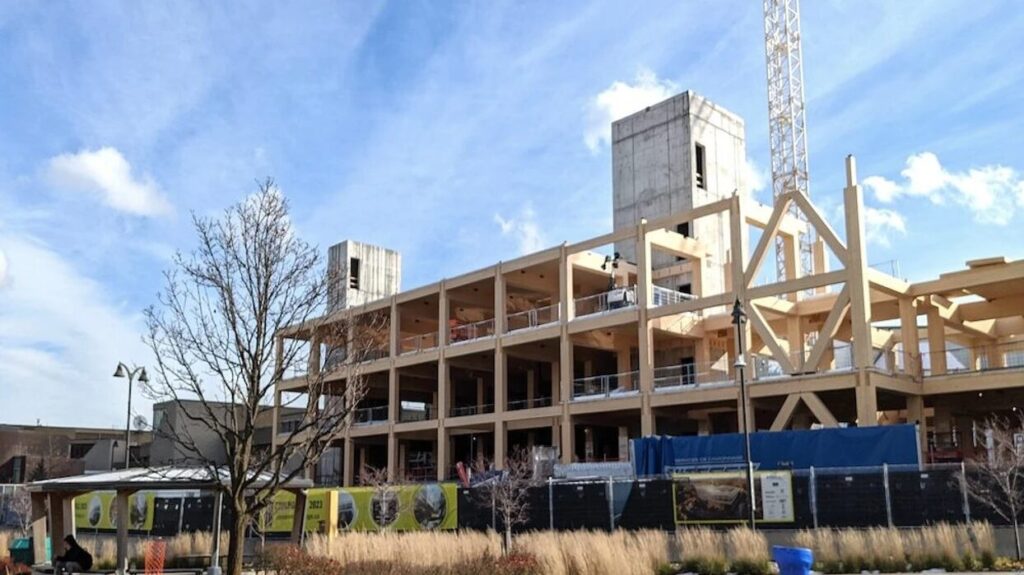
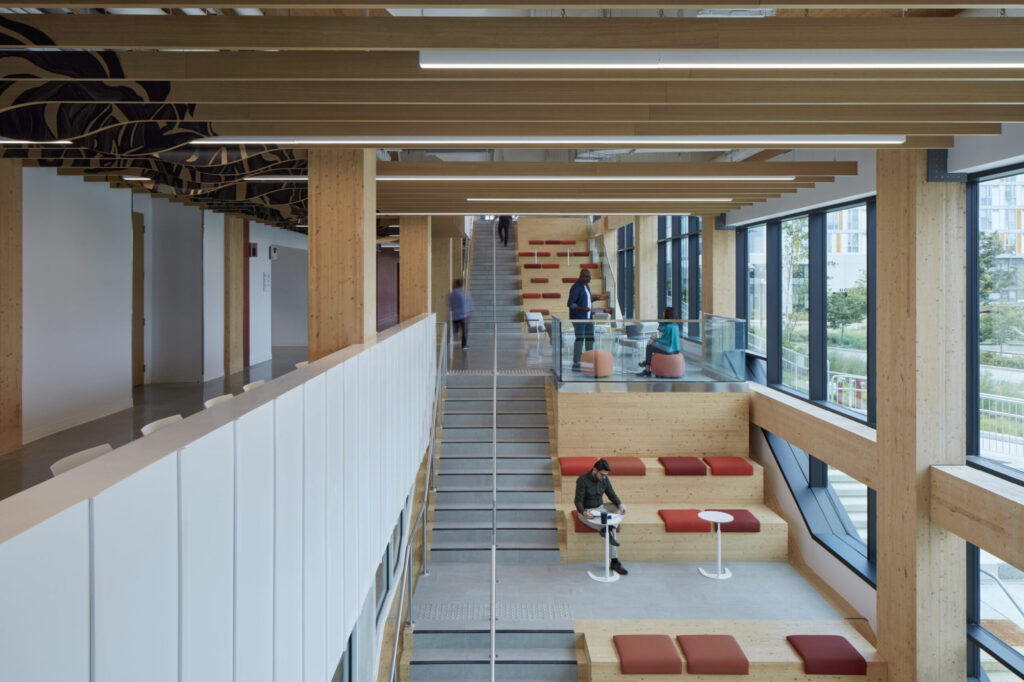
Wood Facades That Work for the Planet:
The Eco and Technical Upside of FSC-Certified Wood
FSC-certified wood facades deliver substantial environmental advantages by promoting climate-smart forestry and supporting the circular economy. Carbon sequestration is a key benefit: FSC-certified forests are managed to store more carbon, with studies showing that such forests can sequester additional tonnes of CO₂ per hectare over conventional practices, directly contributing to climate mitigation. FSC standards also require the preservation of larger riparian buffers and limit clear-cutting, which not only boosts carbon storage but also ensures biodiversity conservation and water protection. These practices help maintain stable populations of wildlife, protect water quality, and reduce soil erosion, safeguarding essential ecosystem services.
In terms of the circular economy, FSC-certified wood’s recyclability and renewable nature reduce reliance on virgin resources and lower the overall carbon footprint of construction. Circular wood use – through recycling and cascading applications – can accelerate decarbonization, transforming wood facades into long-term carbon sinks and supporting net-zero strategies.
Performance and Technical Considerations
From a performance perspective, FSC-certified wood provides excellent thermal insulation. Wood naturally has low thermal conductivity, outperforming materials like concrete and steel, which helps regulate indoor temperatures and improve energy efficiency. Durability is another strength: certain timber species used in facades resist weathering and decay, while modern treatments and proper installation extend lifespan and performance. However, fire performance requires careful attention. Fire protection treatments must be regularly maintained and verified to ensure long-term safety, as weathering and improper maintenance can diminish effectiveness over time.
Finally, maintenance and lifecycle assessment reveal that wooden facades, when properly maintained, can perform well over long periods, with a lower environmental impact compared to other facade materials. Lifecycle studies confirm that wood facades are competitive in terms of global warming potential and resource efficiency, especially over extended reference periods.
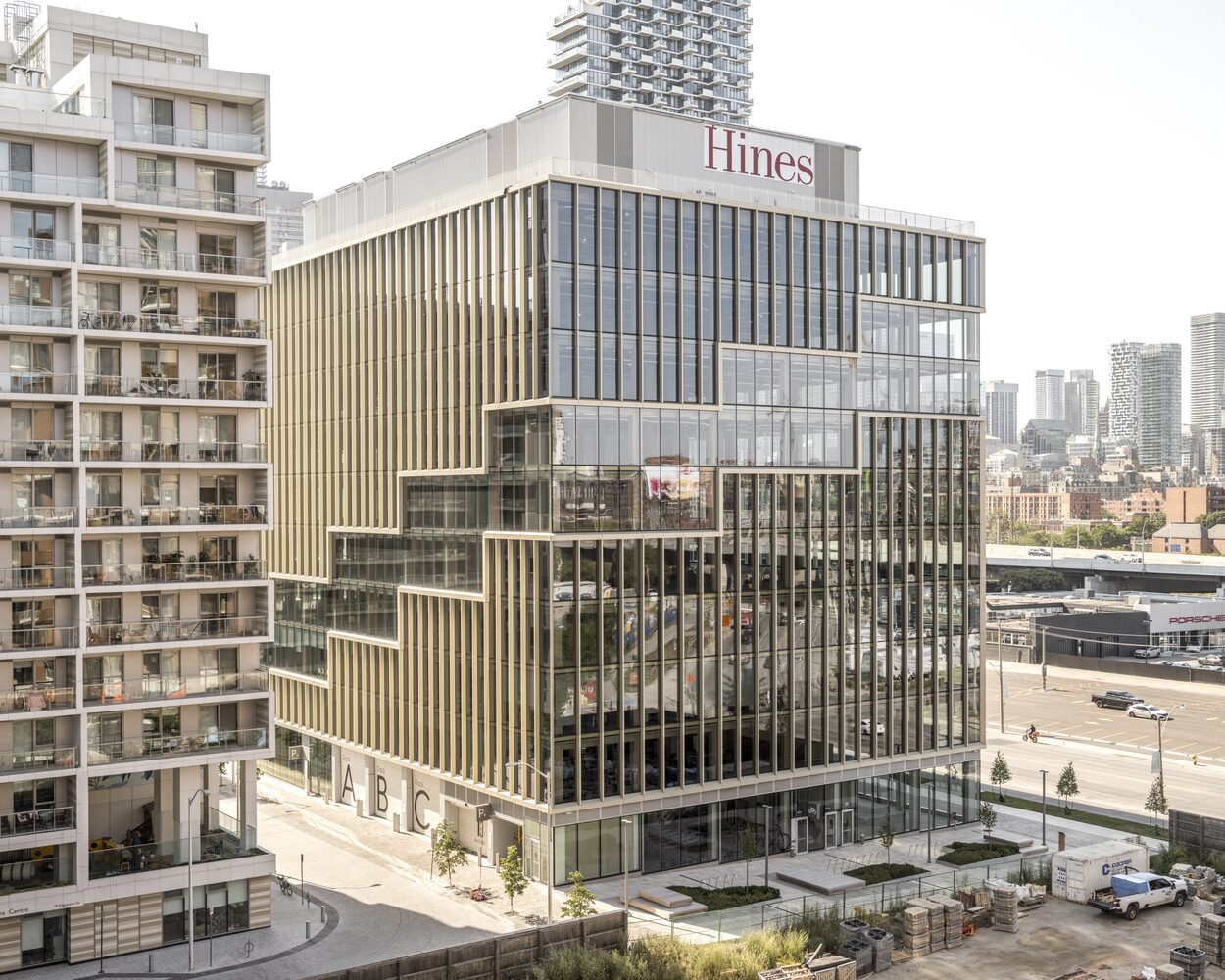
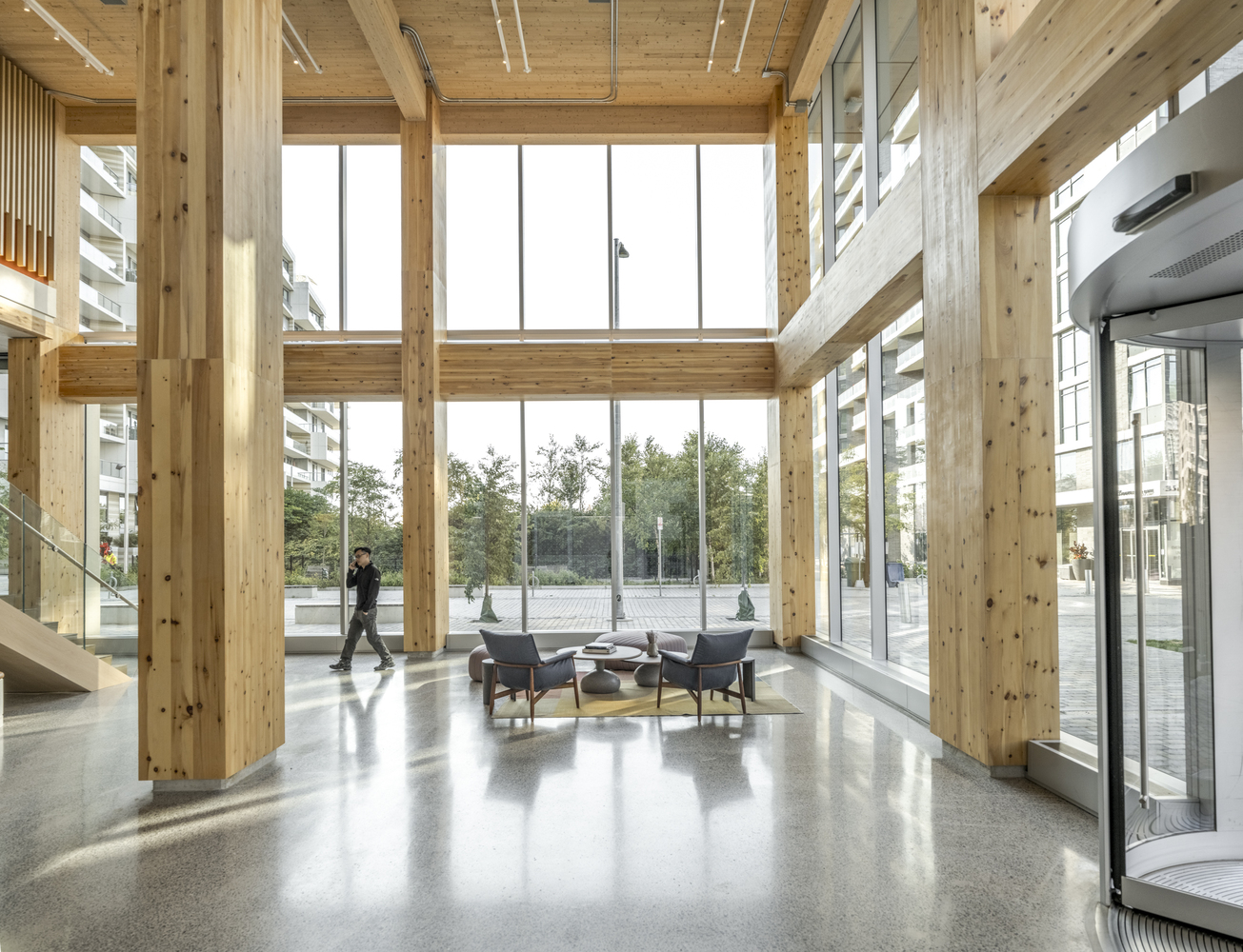
Premium Today, Payoff Tomorrow:
The Value Proposition of FSC Facades
Sourcing and Supply Chain Transparency
One of the primary challenges in using FSC-certified wood for facades is ensuring full traceability and transparency throughout the supply chain. Complex supply chains, inconsistent regulations, and limited disclosure practices can make it difficult to verify the origin and sustainability of wood products. To address this, project teams should require detailed supply chain mapping and source forest disclosure from suppliers. This enables direct connections to specific forestry operations, supports Environmental Social Governance (ESG) goals, and builds trust between stakeholders. The FSC Regulatory Module further strengthens compliance by mandating due diligence, risk assessments, and documentation to ensure deforestation-free sourcing, especially under regulations like the EU Deforestation Regulation (EUDR).
Balancing Cost with Long-Term Value
FSC-certified wood can carry a price premium, influenced by regional supply, market competition, and supplier practices. While upfront costs may be higher – especially for premium species or treatments – long-term value is realized through durability, reduced environmental impact, and enhanced project reputation. Engaging with suppliers early, specifying standard dimensions, and leveraging competitive markets can help mitigate costs and secure reliable supply.
FSC Wood in the Context of Circular Economy
Reuse, Recycling, and End-of-Life Considerations
Integrating FSC-certified wood into a circular economy framework maximizes material efficiency and sustainability. Design for disassembly, reuse, and recycling are key strategies: reusing timber elements preserves their carbon storage, while recycling wood into new products extends their lifecycle and reduces waste. However, challenges remain, such as managing treated timber at end-of-life and ensuring proper segregation for recycling. Innovations in recycling technologies and take-back programs are expanding the potential for high-value reuse and material recovery.
Supporting Sustainable Construction Practices
FSC-certified wood aligns with circular economy principles by promoting renewable, biodegradable, and responsibly sourced materials. By prioritizing FSC wood, facade engineers and architects support sustainable forestry, reduce reliance on virgin resources, and contribute to lower carbon emissions throughout the building lifecycle. Collaborative efforts across the supply chain, from design through end-of-life, are essential to fully realize the environmental and economic benefits of circular construction.
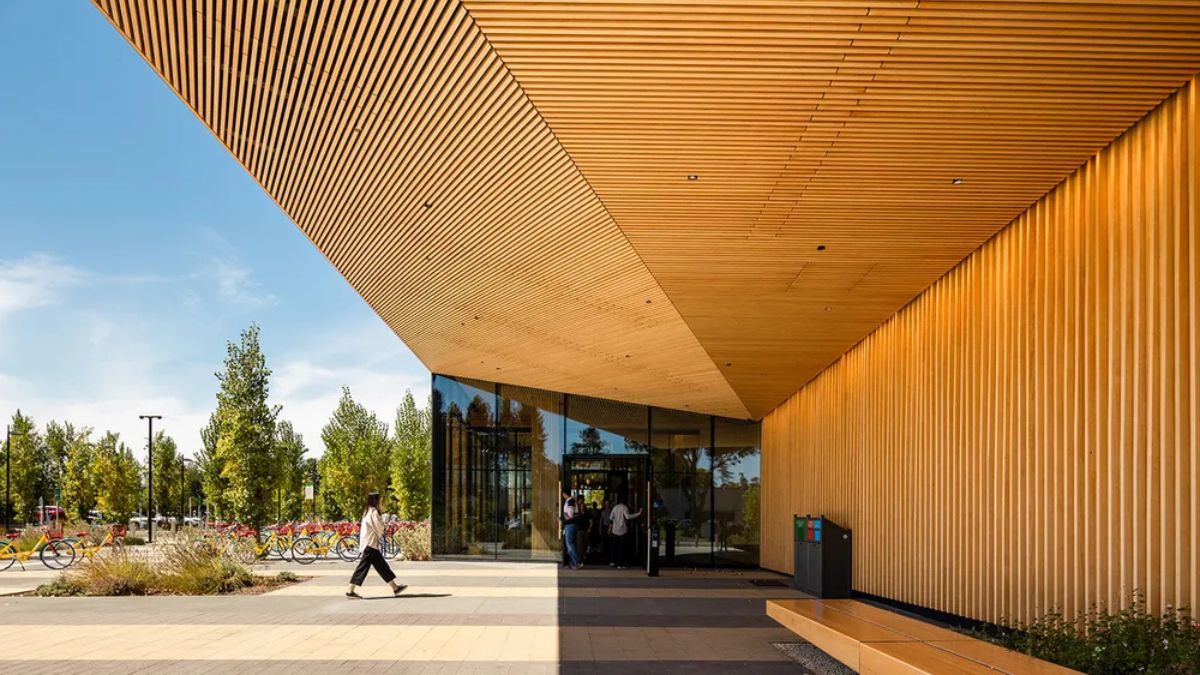
Tackling Fire Safety Complexities
Building Trust
As the use of timber facades grows, fire safety standards have become increasingly stringent. However, these standards vary significantly worldwide, reflecting different regional risks and regulatory frameworks.
Europe:
As of November 2023, European regulations require initial type testing and adherence to the AVCP-3 system for all treated and modified wood products. Manufacturers must ensure their products meet updated fire classifications, such as D-s2, d0, to guarantee both safety and regulatory compliance. Early collaboration with suppliers and specifying products that have undergone rigorous fire testing are essential to meet these evolving requirements.
United States and Canada:
The 2021 International Building Code (IBC) in the US includes detailed fire safety standards for mass timber, with requirements that scale based on building height, ranging from gypsum board coverings to achieve fire resistance, to mandatory two-hour fire resistance for taller structures. Cities like Denver and states such as Utah have adopted these codes, supporting mass timber construction while ensuring rigorous fire safety. In North America, the ANSI/APA PRG 320 standard mandates compartment fire tests and delamination fire tests for cross-laminated timber (CLT), resulting in “second-generation CLT panels” that offer enhanced fire performance.
Australia:
Timber facades are regulated under the Australian National Construction Code (NCC). For multi-residential and commercial buildings, the NCC specifies fire-resisting construction types based on building height and class. In bushfire-prone areas, compliance with Australian Standard AS3959 is mandatory, requiring the use of timber species with proven bushfire resistance (e.g., Blackbutt, Red Ironbark) or non-combustible alternatives for high-risk zones. Fire-protected timber may be permitted under certain concessions, but consultation with fire engineers and local authorities is essential for compliance.
Asia and Other Regions:
While some Asian markets are beginning to adopt international fire testing standards (such as ISO 13785 or BS 8414), regulatory frameworks remain less harmonized. Many jurisdictions require fire retardant treatments and large-scale fire tests for timber facades, but the durability of these treatments under weathering is a concern globally.
Sustainable Style:
The New Era of FSC Wood in Building Envelopes
Technological advancements are rapidly transforming FSC-certified wood facades. Engineered wood products such as cross-laminated timber (CLT) and glulam offer superior strength, design flexibility, and sustainability compared to traditional timber, enabling architects to realize complex forms while reducing environmental impact. Smart integration is also on the rise: sensors and building-integrated photovoltaics (BIPV) can now be incorporated into wood facades to monitor environmental conditions and generate renewable energy, making buildings more adaptive and efficient.
Evolving standards are shaping the market, with recent revisions to FSC certification emphasizing stricter biodiversity, traceability, and community rights requirements, ensuring even greater ecological responsibility in sourcing and manufacturing. The global market for FSC-certified wood is expanding rapidly, driven by consumer demand, stricter regulations, and the construction industry’s push for greener materials.
Facade engineers and architects play a pivotal role by specifying FSC-certified wood and advocating for innovative, sustainable solutions that balance aesthetics with environmental stewardship. The profession is called to champion responsible material selection, leveraging new technologies and standards to create buildings that are both beautiful and ecologically sound.
The Forest Stewardship Council (FSC)

Key organizations, certification bodies, and technical guides play a crucial role in ensuring the integrity and traceability of FSC-certified wood in facade design. The Forest Stewardship Council (FSC) is the leading global organization promoting responsible forest management through rigorous social, environmental, and economic standards. Certification involves independent third-party audits verifying the chain of custody from forest to final product, ensuring transparency and compliance. Key certification types include Chain of Custody, Project Certification, and Multi-site Certification, each with specific standards and guidelines. Technical guides such as the FSC Chain of Custody Standard (FSC-STD-40-004) and the FSC Standard for Project Certification (FSC-STD-40-006) provide detailed requirements for stakeholders. These frameworks support architects and engineers in selecting verified sustainable wood products for facade applications.
https://fsc.org/sites/default/files/2019-04/Public_Procurement_19_09-2018.pdf
Useful links:
https://www.nature.com/articles/s41467-023-42499-6
Case studies
Centennial College’s A-Building Expansion in Ontario, USA (2023)
Architects: Dialog
The Centennial College A-Building Expansion in Scarborough, Ontario, completed in 2023, stands as Canada’s first LEED Gold, zero-carbon, WELL-certified, mass timber higher-education facility. Designed by architects Dialog in collaboration with Smoke Architecture, the facade features FSC-certified glulam posts, beams, and cross-laminated timber floor panels sourced from sustainably managed Canadian forests. The building’s geometric cladding draws inspiration from Anishinaabe wigwams and the medicine wheel, blending Indigenous cultural storytelling with environmental stewardship. Expansive triple-glazed curtain walls reveal the exposed timber, providing natural warmth and daylight while minimizing energy use. This project exemplifies how FSC-certified wood can deliver architectural distinction, support reconciliation, and significantly reduce both embodied and operational carbon emissions.
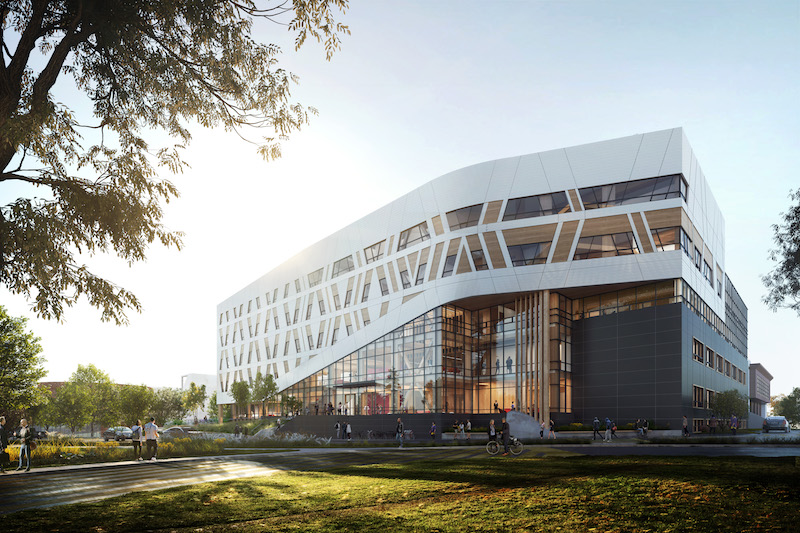
HT3 Bayside, Toronto, Canada (2024)
Architects: WZMH & 3XN
Building envelope consultant: Entuitive
T3 Bayside in Toronto, completed in 2023 and designed by WZMH Architects in collaboration with 3XN, exemplifies large-scale sustainable office construction using 100% FSC-certified timber. The 10-storey, 251,000-square-foot building features glulam beams and cross-laminated timber (CLT) floor and roof slabs, all sourced from responsibly managed forests. This approach achieved a 40–50% reduction in embodied carbon compared to conventional office buildings, storing nearly 3,900 metric tons of CO₂ and avoiding over 6,600 metric tons of emissions. T3 Bayside targets LEED Gold and WELL certifications and won the 2023 FSC Leadership Award, setting a benchmark for environmental responsibility and innovative facade design in North America.

Google’s 1265 Borregas Avenue, Sunnyvale, USA (2023)
Architects: Michael Green Architecture (MGA)
Facade engineering: Eckersley O’Callaghan
Google’s 1265 Borregas Avenue in Sunnyvale, designed by Michael Green Architecture (MGA), sets a benchmark in sustainable office design through its extensive use of FSC-certified mass timber. The facade, engineered by Eckersley O’Callaghan, features a pioneering Closed Cavity Facade system with timber blinds that optimize daylight and energy performance. All structural timber was sourced from responsibly managed forests, reducing embodied carbon emissions by 96% compared to steel construction. Exposed glulam beams and CLT panels create a biophilic, healthy workspace, while the building’s LEED Platinum certification and all-electric systems further underscore its environmental leadership. This project demonstrates how advanced timber engineering can balance aesthetics, occupant well-being, and environmental responsibility.
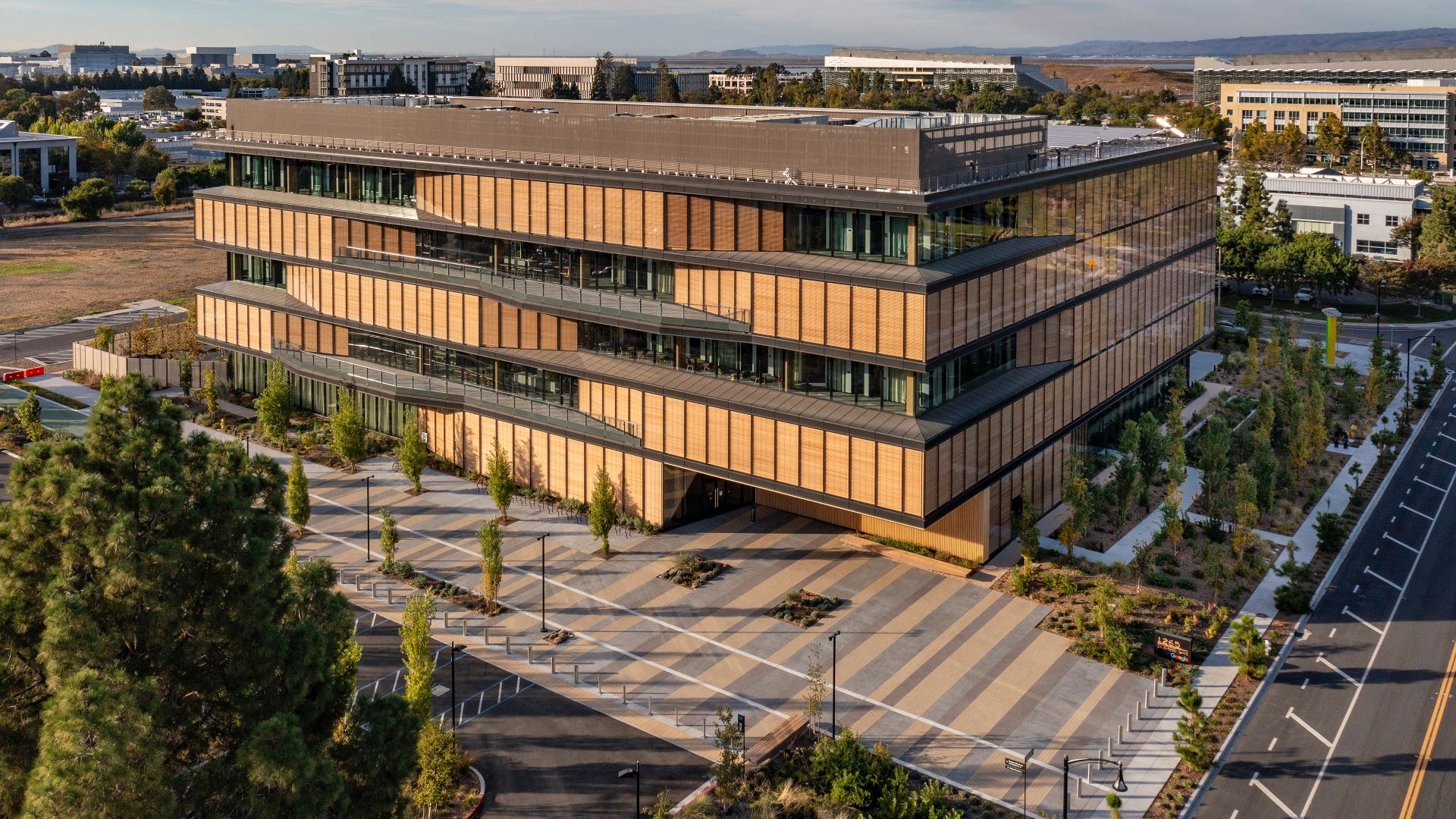
As the Editor of FacadeToday.com, I merge my passion for Design, Architecture and Technologies with three decade of experience collaborating with entrepreneurs across many industries. My career has centered on fostering innovation, scaling business opportunities, and bridging gaps between technical experts, business developers, and creative visionaries. I thrive at the intersection of sustainable solutions, material advancements, and smart technologies, curating insights on themes like energy-efficient facades, smart tech, and advanced manufacturing. With a commitment to lifelong learning, I aim to empower architects and facade engineers by translating innovations into actionable knowledge, driving the industry forward through purposeful connectivity and cutting-edge practices.


